People in Nhu Xuan commune are entering the acacia exploitation season.
Joy mixed with worry
In early August, along the hillsides of Nhu Xuan commune, everywhere echoed the sound of chainsaws mixed with the voices of workers shouting to each other as they carried wood to the gathering place. This year's acacia harvest season, farmers are more excited than ever, as the price of raw acacia is at its highest level in many years. Market surveys show that acacia prices in localities are divided into three groups, including black acacia, white acacia and pole acacia, with different prices. Black acacia (ie unpeeled acacia) costs from 1 - 1.5 million VND/ton; white acacia (ie peeled acacia) costs from 1.2 - 1.3 million VND/ton; and pole acacia (acacia aged 5 years or more, wood used to make peeled boards or slats) costs from 1.3 - 1.5 million VND/ton. Mr. Nguyen Van M., owner of an acacia purchasing facility in Nhu Xuan commune, said: In 2025, acacia prices will generally remain high and stable. Currently, acacia prices are at their highest level in the past few years, so people are ready to harvest earlier than expected.
According to the reporter's investigation, many acacia areas currently being exploited are only 3-4 years old, instead of 5-7 years old. According to the households' explanation, the reason is still the economic problem of needing money to pay off debts, take care of children's education, or invest in jobs... Ms. Nguyen Thi B., Nhu Xuan commune, shared: "The family was also persuaded by forestry officials to switch to growing large timber forests, but the family's situation is very difficult, having to borrow money from the bank to grow. Now that the price is high, they are selling, but if we wait a few more years for the harvest cycle, we don't know how to maintain it."
Mr. Le Chi Lieu, manager of Nhu Xuan Wood Processing Factory (in Xuan Binh commune) said that there are very few forest product processing establishments that purchase 5-7 year old acacia raw materials. In particular, with the current high price of acacia, many areas of acacia that are only 3 years old have been exploited by local people. Of course, the trunk is small, the wood quality will be low. In addition, when local people cut down young acacia, the raw material area is clearly affected for the following years. This forces forest product processing enterprises to cooperate in purchasing in many different places, increasing transit costs. "However, the output of acacia purchased at forest product processing and trading establishments has not increased dramatically. The reason is that many raw material areas have been exploited since previous years, the newly planted areas have not reached the harvest time yet," Mr. Lieu added.
Sustainable development direction
According to statistics, the whole province currently has more than 100,000 hectares of acacia forests, accounting for 41.46% of the total forest area of the province. In recent years, acacia trees have not only helped to cover bare hills and mountains, prevent erosion, and improve the soil, but have also become the main source of income for tens of thousands of mountainous households. For many families, acacia trees are considered "savings". Besides the benefits of acacia trees, the management and sustainable development of this tree is facing many difficulties, mainly depending on the market. When raw acacia trees are priced well, people are willing to massively cut down young acacia trees, causing great consequences for the environment and breaking the sustainability of the raw material area. If there are no solutions to help people have enough strength to keep the forest to maturity, the vicious cycle of "planting - selling young - replanting" will continue, leading to low productivity, reduced wood quality and an unstable source of raw materials for processing.
Planting acacia trees for large timber with a 10-year cycle gives a much higher income value than exploiting young acacia trees for chipping materials. Large timber forests also bring long-term environmental benefits, limiting erosion and retaining water. This is one of the policies encouraged by the agricultural sector. However, to achieve this goal, people need capital, enough land area and alternative sources of income while waiting for the forest to reach maturity.
Mr. Le Chi Lieu, manager of Nhu Xuan Wood Processing Factory, said: If there is a concentrated land fund and suitable preferential capital so that people can feel secure in planting acacia for a long period, forest product processing factories will proactively register raw material areas, both improving product quality and creating sustainable benefits for both forest growers and businesses. Mr. Lai The Chien, Head of Nhu Thanh Forest Protection Department, said: The difficulty is that the land has been allocated to the people, they decide when to plant and sell. The government and the forestry sector can only propagate and advise, but cannot intervene. In addition, the forestry land area of many households is very fragmented, and the accumulation to form a large wood raw material area also faces many obstacles.
According to Mr. Chien, to limit the situation of people "cutting down young eucalyptus", the agricultural sector and local authorities need to step up propaganda work, helping people understand the benefits of large timber forests and the harms of early exploitation. At the same time, deploy agroforestry models; intercropping short-term crops or medicinal plants to ensure the maintenance of large timber forests and income for people. Along with that, it is necessary to mobilize social resources to support capital and techniques; promote FSC forest certification, linking processing with export to increase added value. Implement agroforestry models, sustainable forest business models that mix large timber trees with short-cycle tree species to ensure income for households while large timber forests are not yet ready for exploitation...
When people see clear economic benefits and have practical support, the development of large timber forests will be sustainable, and young acacia forests will no longer be hastily exploited.
Article and photos: Dinh Giang
Source: https://baothanhhoa.vn/de-nguoi-dan-khong-phai-thu-haach-keo-non-257978.htm





![[Photo] Prime Minister Pham Minh Chinh chairs meeting of National Steering Committee on International Integration](https://vphoto.vietnam.vn/thumb/1200x675/vietnam/resource/IMAGE/2025/8/26/9d34a506f9fb42ac90a48179fc89abb3)
![[Photo] Prime Minister Pham Minh Chinh receives CEO of Samsung Electronics](https://vphoto.vietnam.vn/thumb/1200x675/vietnam/resource/IMAGE/2025/8/26/373f5db99f704e6eb1321c787485c3c2)

![[Photo] Multi-colored cultural space at the Exhibition "80 years of the journey of Independence - Freedom - Happiness"](https://vphoto.vietnam.vn/thumb/1200x675/vietnam/resource/IMAGE/2025/8/26/fe69de34803e4ac1bf88ce49813d95d8)



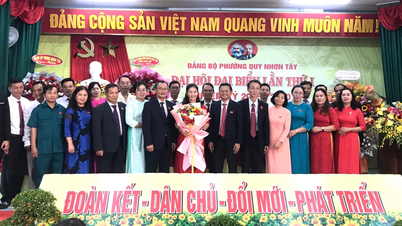


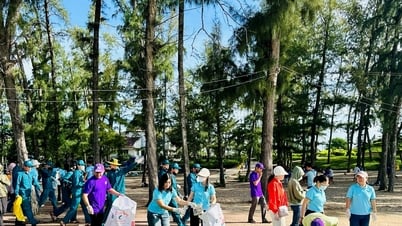

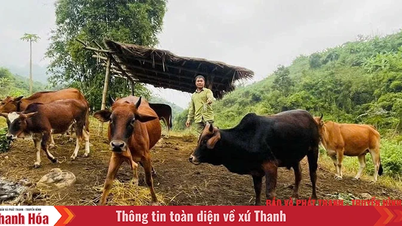


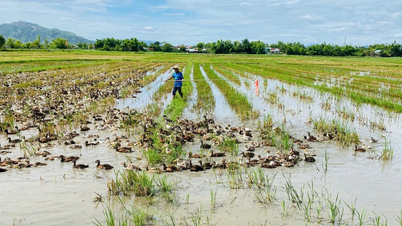

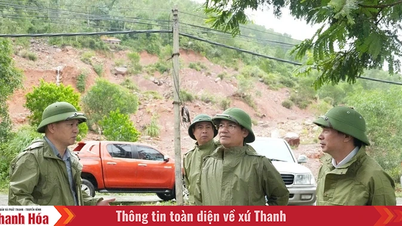
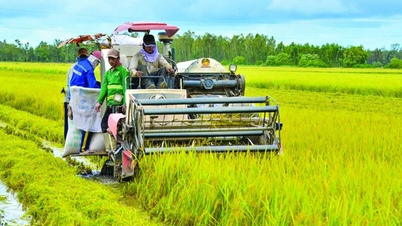

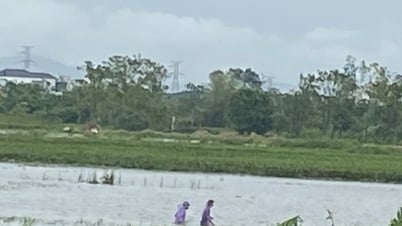

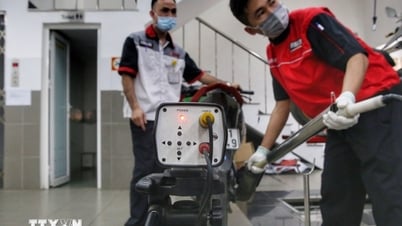










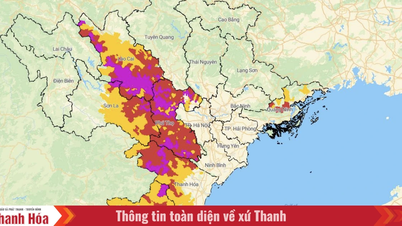
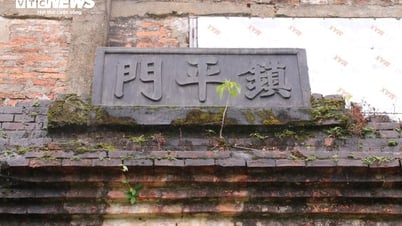





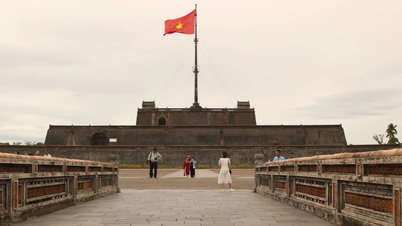
















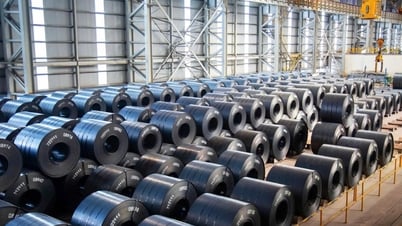


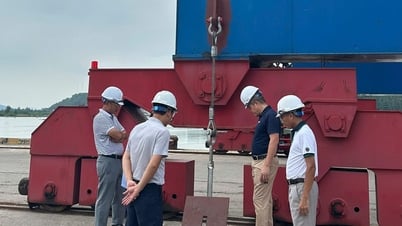















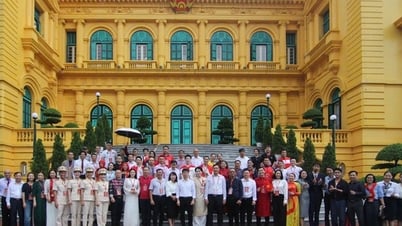






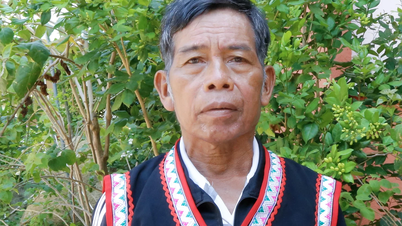

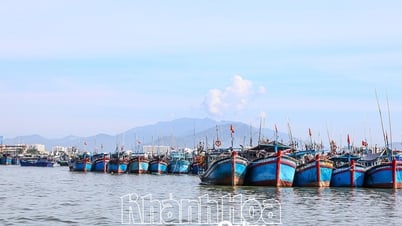
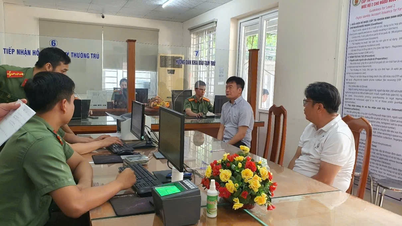






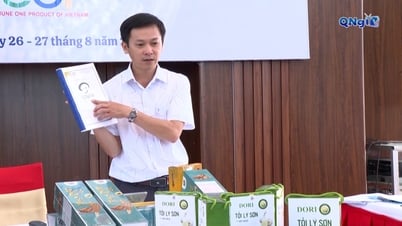





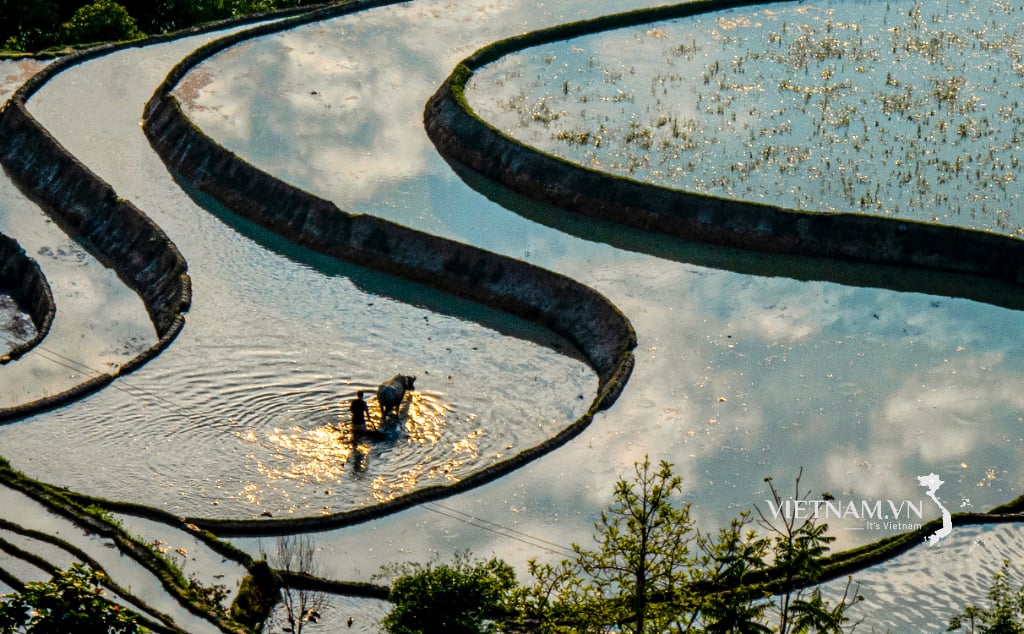



Comment (0)